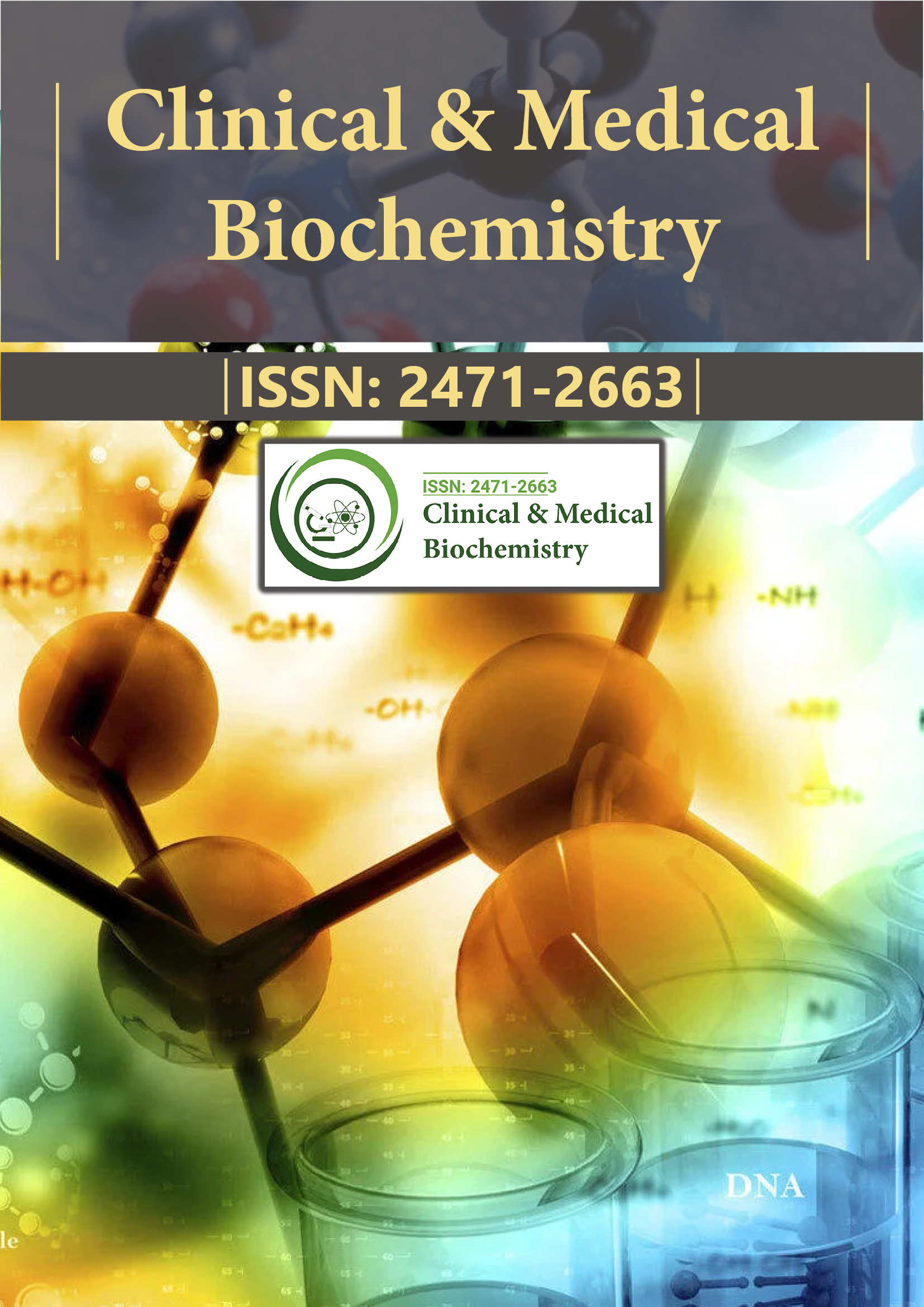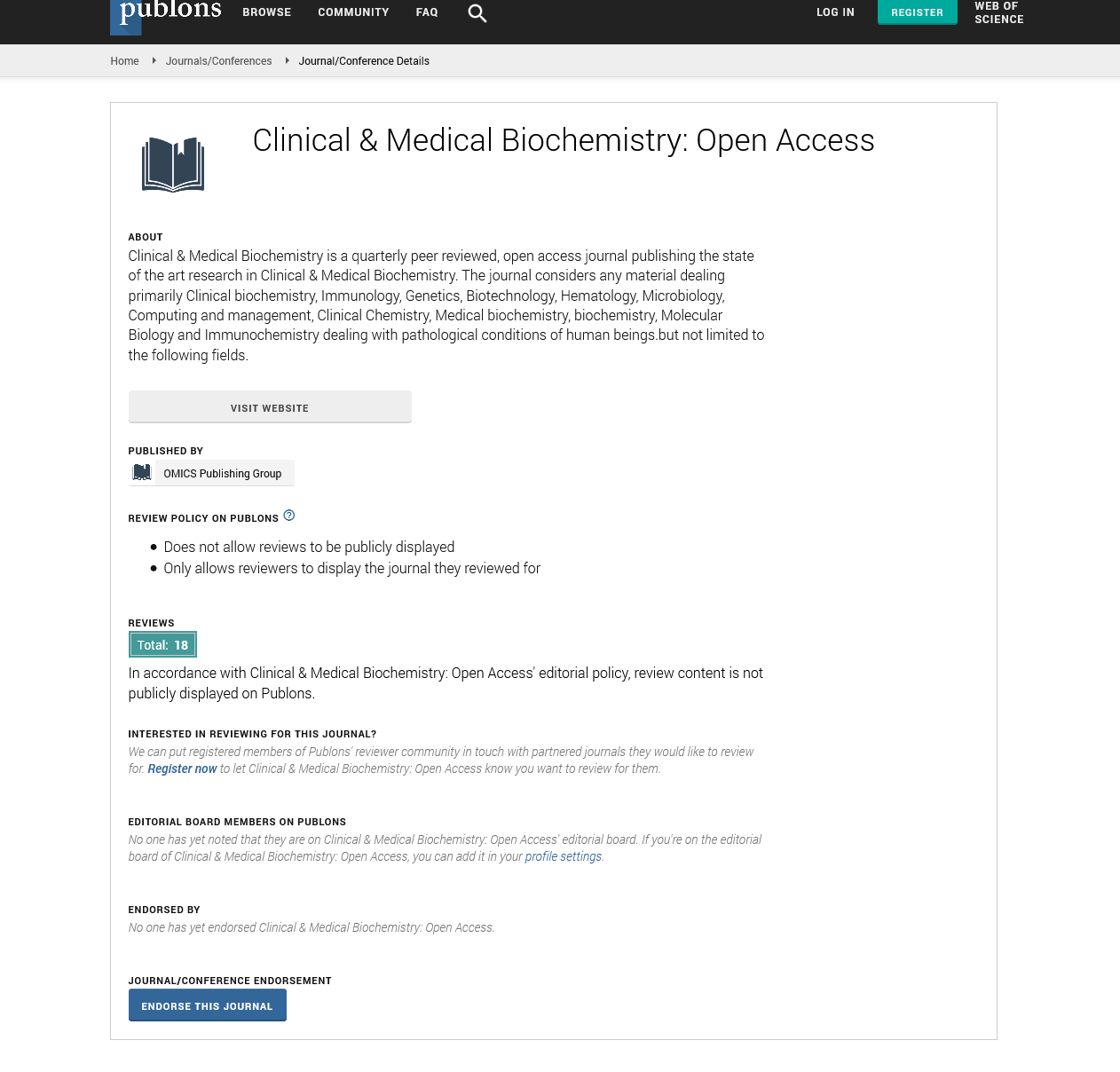Indexed In
- RefSeek
- Directory of Research Journal Indexing (DRJI)
- Hamdard University
- EBSCO A-Z
- OCLC- WorldCat
- Scholarsteer
- Publons
- Euro Pub
- Google Scholar
Useful Links
Share This Page
Journal Flyer

Open Access Journals
- Agri and Aquaculture
- Biochemistry
- Bioinformatics & Systems Biology
- Business & Management
- Chemistry
- Clinical Sciences
- Engineering
- Food & Nutrition
- General Science
- Genetics & Molecular Biology
- Immunology & Microbiology
- Medical Sciences
- Neuroscience & Psychology
- Nursing & Health Care
- Pharmaceutical Sciences
Abstract
A Cohort Study of the Level of Plasma Oxytocin associated with Autism Spectrum Disorder in Japanese Males, Females and Pregnant Females
Yoshihiro Sano, Noriko Watanabe, Emiko Suzuki, Kazuhisa Shimodaira, Nobumasa Kato and Hidetoshi Arakawa
Oxytocin (OXT), which is a nonapeptide hormone with amidation of the C-terminal carboxyl and an internal disulfide bridge between two cysteines, is secreted mainly from the posterior pituitary gland. Recently, OXT was shown to play important key roles in social interactions and social behavior. Specifically, a series of studies investigated the relationship between autism spectrum disorder (ASD) and OXT. Few large-scale research reports have been published on plasma OXT levels in Japanese individuals. Investigation of a possible association between ASD and plasma OXT levels will be valuable for OXT research. Here, we measured plasma OXT levels in about 200 pregnant Japanese females during early gestation, the second trimester of pregnancy, the last trimester of pregnancy, and in the funiculus umbilical is shortly after delivery utilizing an OXT enzyme immunoassay kit. As a results, the average plasma OXT levels of 11 Japanese males 22-65 years old and 11 non-pregnant females 23-59 years old were 31.7 � 10.2 and 25.3 � 6.1 pg/mL, respectively. Moreover, OXT levels in plasma in early gestation, the second trimester of pregnancy, the last trimester of pregnancy, and the funiculus umbilicalis were 27.88 � 10.88 (n=43), 33.06 � 16.06 (n=111), 42.97 � 35.96 (n=91) and 34.66 � 22.42 pg/mL (n=130), respectively. Little information regarding plasma OXT levels among the Japanese population is available. We suggest that these results may be valuable on a broad scale in prospective cohorts when examining an association between the mother and the formative influence on her child with ASD, after conducting a follow-up determination of OXT levels in Japanese individuals.

